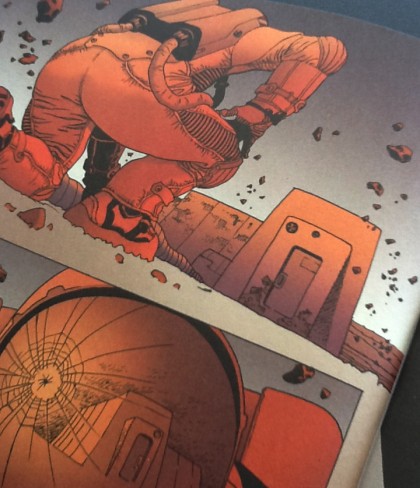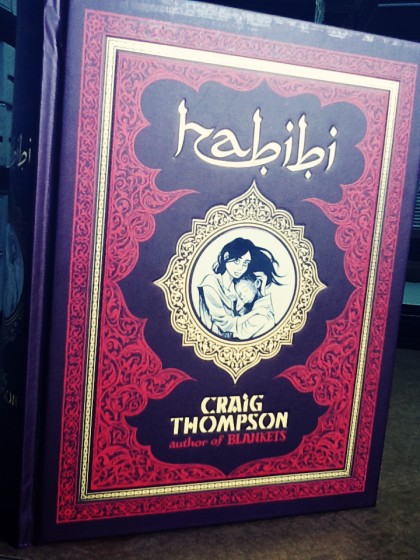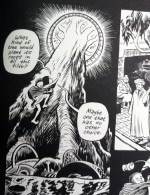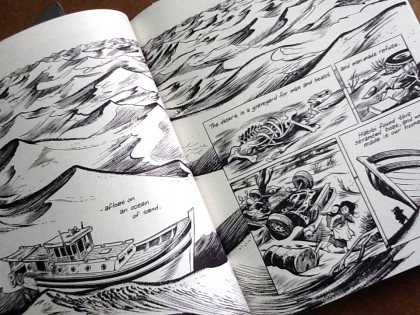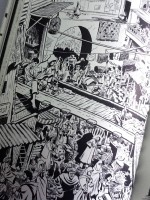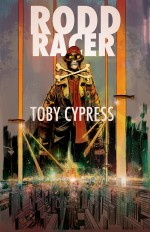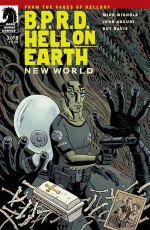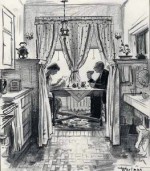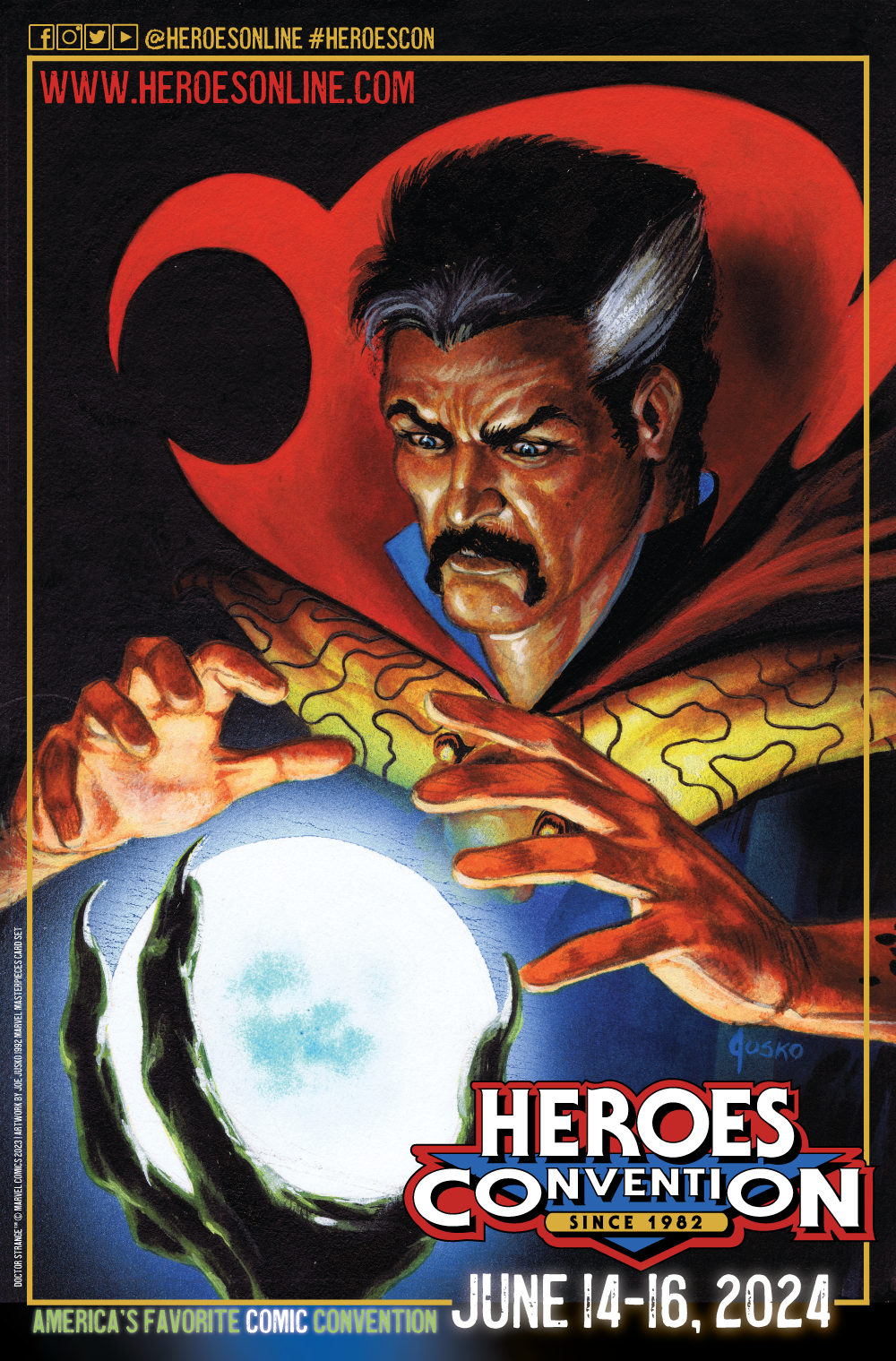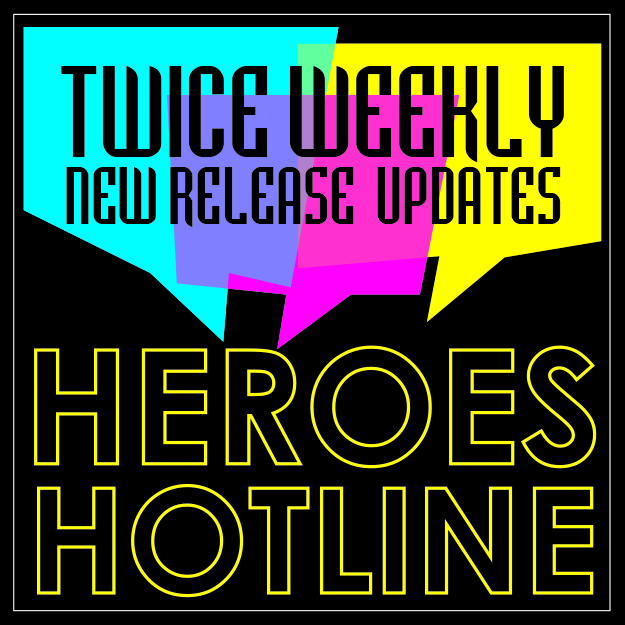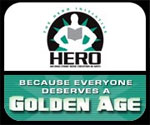A LOOK BACK AT DC AND MARVEL IN 2011
 It recently dawned on me that I’ve written almost every Spotlight on New Releases column since July of 2010. That’s almost a year and 1/2 of writing about new comics every week for readers of our Heroes Blog. The biggest lesson I’ve gleaned from this experience is the idea that as a comics reader and critic it’s really important to maintain one’s joy and passion for our industry and hopefully encourage the same in our readers and customers.
It recently dawned on me that I’ve written almost every Spotlight on New Releases column since July of 2010. That’s almost a year and 1/2 of writing about new comics every week for readers of our Heroes Blog. The biggest lesson I’ve gleaned from this experience is the idea that as a comics reader and critic it’s really important to maintain one’s joy and passion for our industry and hopefully encourage the same in our readers and customers.
Every week there are hundreds of books released, and there won’t always be something groundbreaking or revolutionary hitting the stands. However, there are always books throughout a given month that entertain us or encourage us to think beyond the scope of our personal experience. As readers it’s no crime to comment on things we wish were better in comics. In fact, if you’ve been reading a title or following a character for a few decades, you have a lot invested in comics and should speak your mind. Let’s remember that we all participate in a truly unique medium where on a weekly basis the opportunity still exists for us to be reminded of the inherent joy that exists within the pages of a comic book. So with that thought, here are a few things about DC and Marvel comics in 2011 that I believe warrant reflection.
 It would be wrong to talk about 2011 without first mentioning the DC reboot. A gamble on many fronts, DC really took a chance when they decided to restart all of their titles. The reality of the situation is that DC needed to do something different to try to increase their sales after years of turning in numbers behind Marvel. They did garner lots of national media coverage for their event, and we did see many new faces excited about comics find their way into our store. There have already been some concerns about how DC would be maintaining the quality and regularity of creative teams and storylines, but that’s to be expected. Like it or not, the company did manage to refurbish some of their properties, and whether or not you agree with the strategy or enjoy some of the books, some really entertaining comics
It would be wrong to talk about 2011 without first mentioning the DC reboot. A gamble on many fronts, DC really took a chance when they decided to restart all of their titles. The reality of the situation is that DC needed to do something different to try to increase their sales after years of turning in numbers behind Marvel. They did garner lots of national media coverage for their event, and we did see many new faces excited about comics find their way into our store. There have already been some concerns about how DC would be maintaining the quality and regularity of creative teams and storylines, but that’s to be expected. Like it or not, the company did manage to refurbish some of their properties, and whether or not you agree with the strategy or enjoy some of the books, some really entertaining comics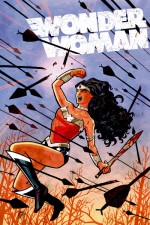 were produced. In Geoff Johns and Jim Lee, Justice League brought two fan favorite creators to the biggest of books and did so with a wide-reaching effect. Brian Azzarello and Cliff Chiang’s Wonder Woman reminded many of us that this is a character who deserves to have talented creators working hard to tell her stories, and that when they do, good comics are inevitable. Other books like Animal Man and Swamp Thing found a nice balance between horror and mainstream comics, and continue to build toward memorable stories. The goal for everyone is to see DC do well, have strong creators on titles, and bring in new readership. If this happens, everyone can benefit.
were produced. In Geoff Johns and Jim Lee, Justice League brought two fan favorite creators to the biggest of books and did so with a wide-reaching effect. Brian Azzarello and Cliff Chiang’s Wonder Woman reminded many of us that this is a character who deserves to have talented creators working hard to tell her stories, and that when they do, good comics are inevitable. Other books like Animal Man and Swamp Thing found a nice balance between horror and mainstream comics, and continue to build toward memorable stories. The goal for everyone is to see DC do well, have strong creators on titles, and bring in new readership. If this happens, everyone can benefit.
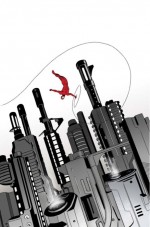 Marvel Comics had a bit of an unusual year. DC clearly grabbed the most headlines for their reboot, but Marvel always seems to have a longterm plan, and certainly has multiple film properties to capitalize upon. Like DC they offered up several new #1 issues with the goal of reaching new readership. In some cases, as with Mark Waid, Paolo Rivera, and Marcos Martin’s Daredevil #1, Marvel found a solid creative team who managed to tell some great stories by steering the character away from his typical grim and gritty fare, and back toward some of his more swashbuckling roots. No, this isn’t a reinvention of the wheel, but it is a good, fun comic that more and more readers are starting to enjoy.
Marvel Comics had a bit of an unusual year. DC clearly grabbed the most headlines for their reboot, but Marvel always seems to have a longterm plan, and certainly has multiple film properties to capitalize upon. Like DC they offered up several new #1 issues with the goal of reaching new readership. In some cases, as with Mark Waid, Paolo Rivera, and Marcos Martin’s Daredevil #1, Marvel found a solid creative team who managed to tell some great stories by steering the character away from his typical grim and gritty fare, and back toward some of his more swashbuckling roots. No, this isn’t a reinvention of the wheel, but it is a good, fun comic that more and more readers are starting to enjoy.
Marvel probably grabbed their biggest headlines with their controversial decision to kill of the Ultimate version of Peter Parker/Spider-man. Regardless of what you think of this decision, the idea that they then introduced a new Spider-man who might reach a wider range of readers is an exciting prospect. If comics can’t reach a new, young readership base then the industry will continue to change in increasingly dramatic ways over the next decade. The effort to gain new readers is also a reason for this year’s breaking of the X-men into two separate schools of thought. With a lineup in Uncanny X-men consisting of darker, more villainous characters like Magneto, Namor, Emma Frost, and a Juggernaut-powered Colossus, and a younger, more lively bunch of mutants being headmastered by Wolverine in Wolverine and the X-men, Marvel has offered up two distinct X books for readers with very different sensibilities. The latter has also given us some of the year’s most entertaining superhero comics, and has offered writer Jason Aaron an opportunity to explore a different kind of book than he has previously written. By the same token, with Uncanny X-force Marvel has maintained and grown a steadfast audience for a mutant-centric book that doesn’t quite read or look like X-titles of the past.
Ultimate version of Peter Parker/Spider-man. Regardless of what you think of this decision, the idea that they then introduced a new Spider-man who might reach a wider range of readers is an exciting prospect. If comics can’t reach a new, young readership base then the industry will continue to change in increasingly dramatic ways over the next decade. The effort to gain new readers is also a reason for this year’s breaking of the X-men into two separate schools of thought. With a lineup in Uncanny X-men consisting of darker, more villainous characters like Magneto, Namor, Emma Frost, and a Juggernaut-powered Colossus, and a younger, more lively bunch of mutants being headmastered by Wolverine in Wolverine and the X-men, Marvel has offered up two distinct X books for readers with very different sensibilities. The latter has also given us some of the year’s most entertaining superhero comics, and has offered writer Jason Aaron an opportunity to explore a different kind of book than he has previously written. By the same token, with Uncanny X-force Marvel has maintained and grown a steadfast audience for a mutant-centric book that doesn’t quite read or look like X-titles of the past.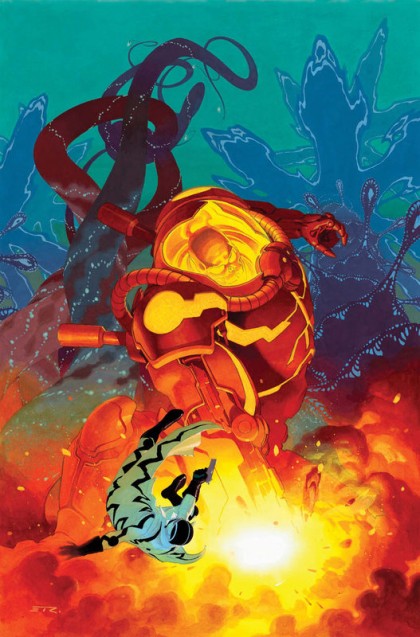
Whatever you might take away from comics in 2011, it’s worth noting that like with almost anything in art there can be strong, entertaining possibilities if you look hard enough. If you find a comic that moves you or offers up great escapism, support it by buying it and encouraging your friends to give it a try. If you’re unhappy with a book you might have read for a long time, don’t be afraid to put it down for awhile and look for something new. There are plenty of books well worth your time and money. The important thing to me is that we all do our best to try to be positive about our industry, encourage new readership, and support writers and artists who are focused on producing quality comics.
This is really just the tip of the iceberg. Both companies had plenty more worth mentioning this year, and we’d like to hear from you about what you think. What DC or Marvel books really impressed you this year? What book did you buyon a whim and then proceed to pick up every month thereafter? What are some things in 2012 that you’d like to see, or might be looking forward to?











